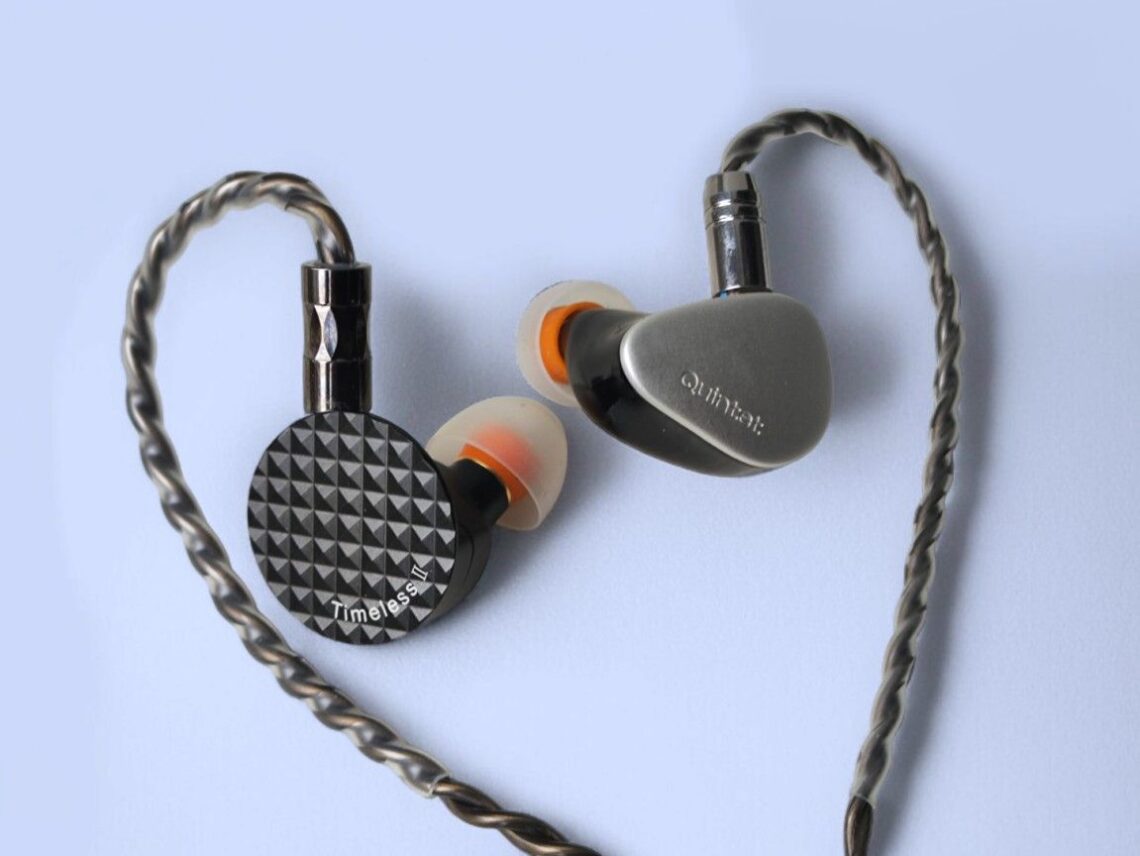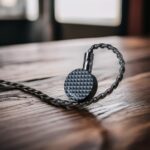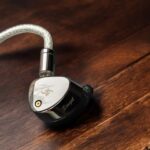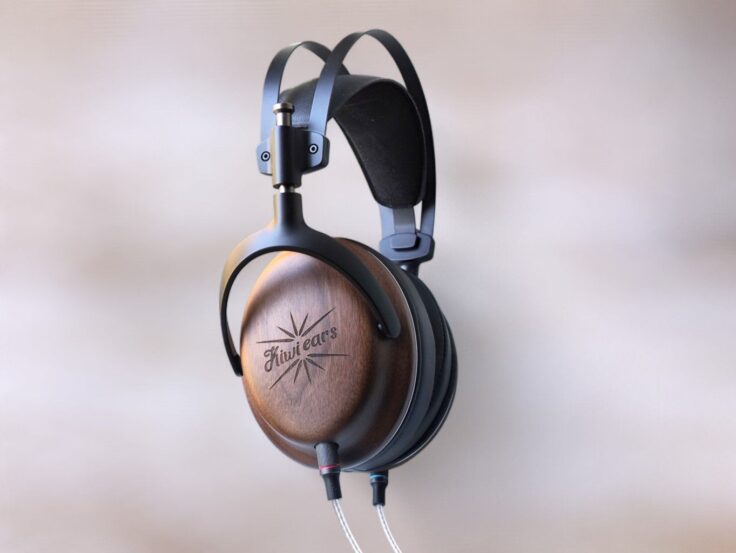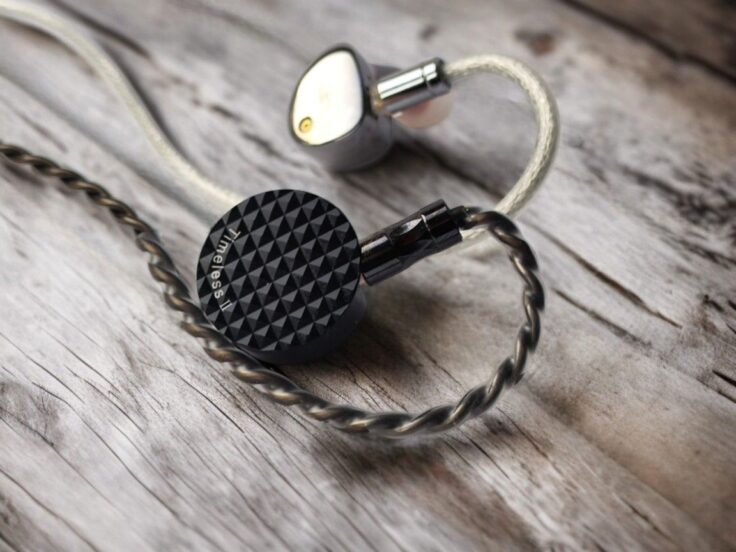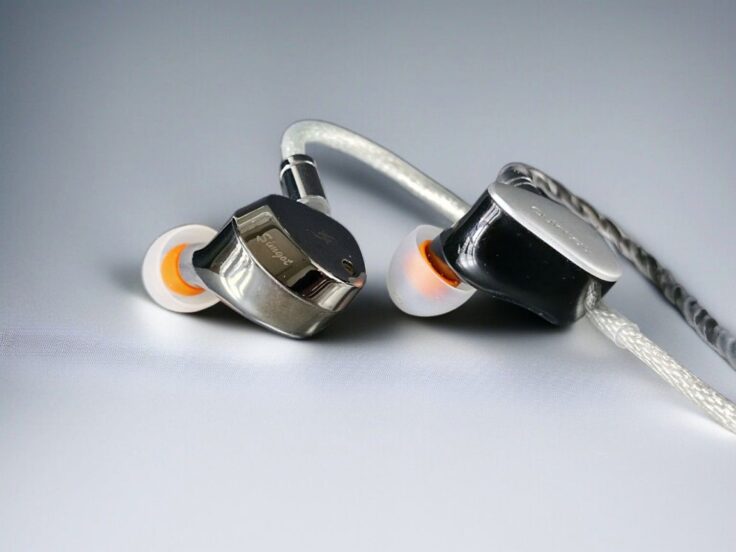The hybrid-driver Quintet ($219) is, as the name suggests, a five-driver IEM and has been a reference in its price class since its launch in 2023. The Quintet combines a single dynamic driver with two balanced armatures, a planar magnetic driver, and a piezoelectric bone conductor.
The Timeless II is an upgraded version of the original Timeless, which has been a popular planar magnetic IEM around the $200 price point. The new version features an upgraded 14.5mm planar magnetic driver, slightly larger than its predecessor. Unlike the original, the Timeless II comes with a total of four pairs of interchangeable tuning nozzles. It also has 0.78mm pin connectors instead of MMCX and a new faceplate pattern.
7HZ TIMELESS II SPECIFICATIONS
- Driver: 14.5mm planar magnetic driver
- Impedance: 15.2 ohms
- Sensitivity: 108 dB/V@1KHz
- Frequency Response: 5-40000Hz
- Weight per earbud: 5 g
- Connector type: 0.78 mm 2-pin
- Cable: ca. 1.2 m detachable with interchangeable 3.5 mm and 4.4 mm jacks.
You can check out the current price and availability here:
- Linsoul: 7hz Timeless II
- Amazon: 7hz Timeless II
KIWI EARS QUINTET SPECIFICATIONS
- Drivers: 1 diamond-like carbon (DLC) dynamic driver, 2 balanced arture (BA) drivers, 1 planar magnetic driver, and 1 piezoelectric (PZT) bone conductor
- Impedance: 32 Ohms
- Sensitivity: 106 dB
- Connector type: 0.78mm, 2 Pin
- Cable: 1.2 m detachable 3.5mm jack
You can check out the current price and availability here:
- Linsoul: Kiwi Quintet
- Amazon: Kiwi Quinte
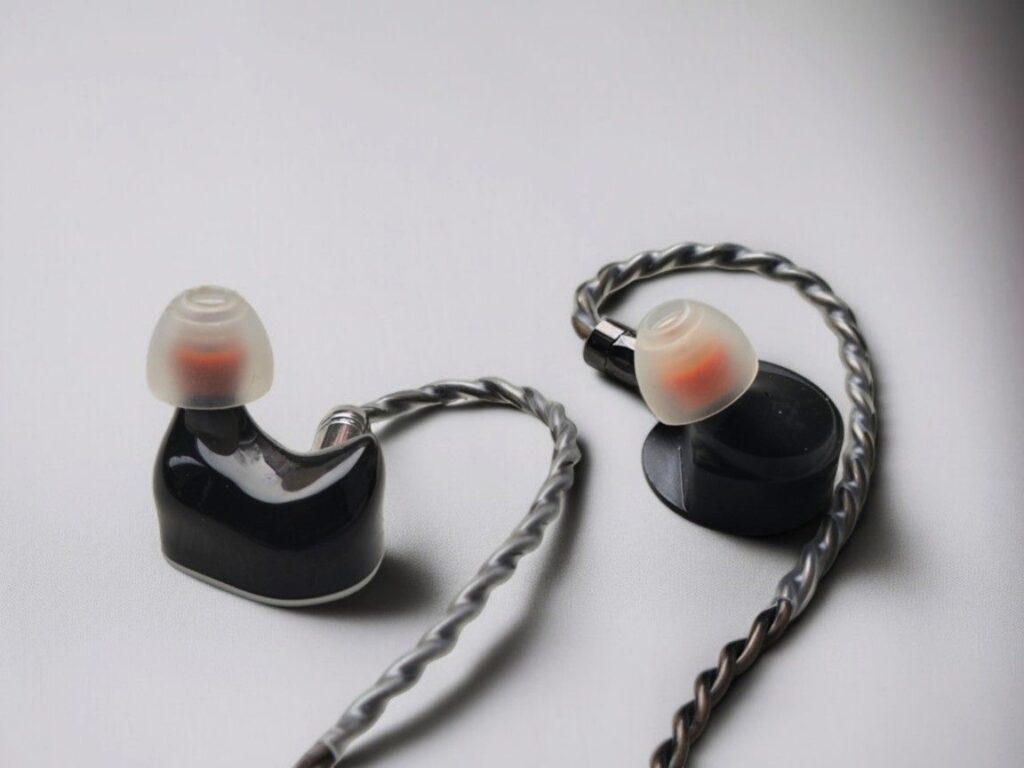
BUILD AND COMFORT
The Quintet features an ergonomically shaped housing made of medical-grade resin, complemented by a metal decorative faceplate. In contrast, the Timeless II is constructed entirely of metal yet remains exceptionally lightweight. Despite its circular decorative face, it is more compact and ergonomically designed than it might appear. I find both IEMs to be very comfortable, with no complaints.
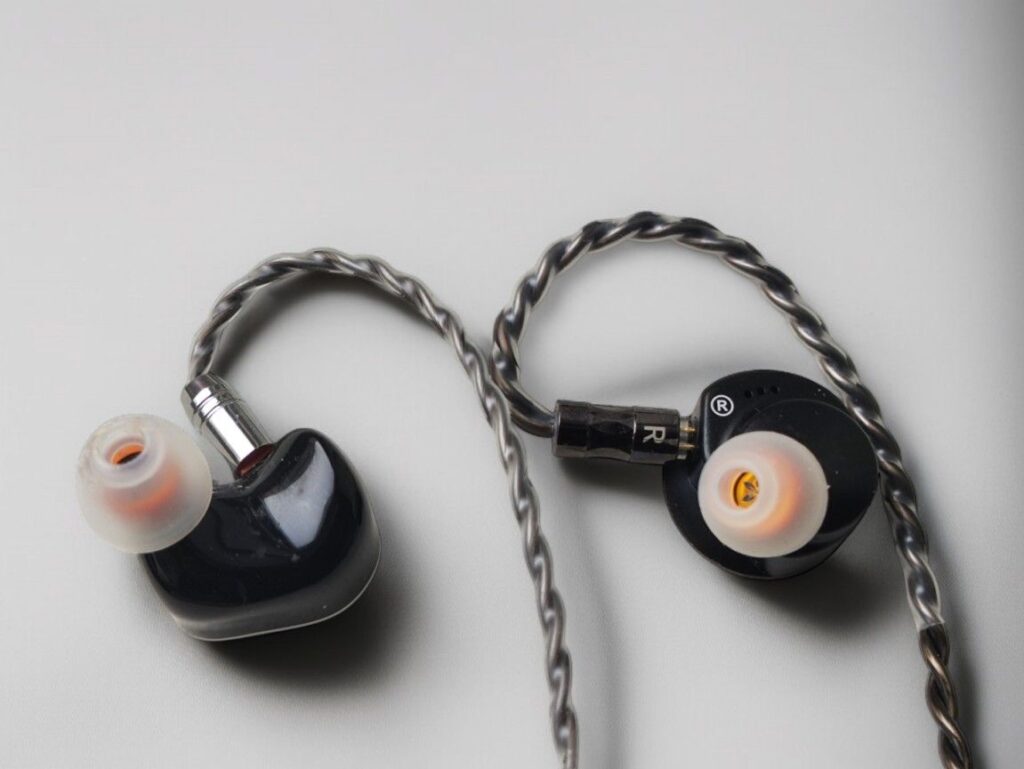
LISTENING COMPARISONS
Associated equipment:
- Amp: Topping A90
- DAC: RME ADI-2 DAC FS
- Tips: SpinFit CP145
Depak Ine by John Talabot
On this electronic, ambient track, the Timeless II has a fuller and punchier bass and feels more dynamic. They both have great imaging and very nice depth, but the Quintet sounds a little bit more open.
Never Forget the Good Ones by Solveig Slettahjell
This is a tender female-vocals-led jazz tune, and the Timeless II has a slightly warmer mid-range and a stronger bass presence.
Summer 3 Vivaldi Recomposed by Max Richter
They both sound very good with this string music, but there is a difference in tonality. The Timeless II is warmer sounding while the Quintet is crisper and brighter. In terms of details, soundstage, and imaging, they’re comparable.
Kahmsin by Jon Balke
This piano-led improvisational acoustic jazz piece sounds great on the Quintet, crisp and clear, and the strings have such good attack. The Timeless II is again warmer, and in direct comparison it lacks a bit of the midrange crispiness and clarity the Quintet offers.
Compare Manuel by Vicente Amigo
Moving over to flamenco guitar, the Timeless II offers a fabulous bass presentation, but again comes off as warmer and lacking some crispiness to the strings. It is a preference thing, but the Quintet sounds more open, sharper, and crisper, with a more dynamic mid-range and treble.
Muggen Fallskjerm by Jøkleba
A highly dynamic piece of music, where the two IEMs perform quite similarly. The Timeless II delivers fuller and more refined bass, but the Quintet isn’t far behind.
Nevermind by Leonard Cohen
The excellent bass performance of the Timeless II reveals details in the lower frequencies that I hadn’t noticed before. The Quintet is crisper and also very capable, but in this case, I prefer the Timeless II.
Limit to Your Love by James Blake
Here, the two sound quite similar. Both handle the extreme bass lines well and share a relatively similar presentation in the midrange and treble. That said, the Timeless II delivers slightly more bass with better control, while the Quintet remains a touch crisper—but not by much.
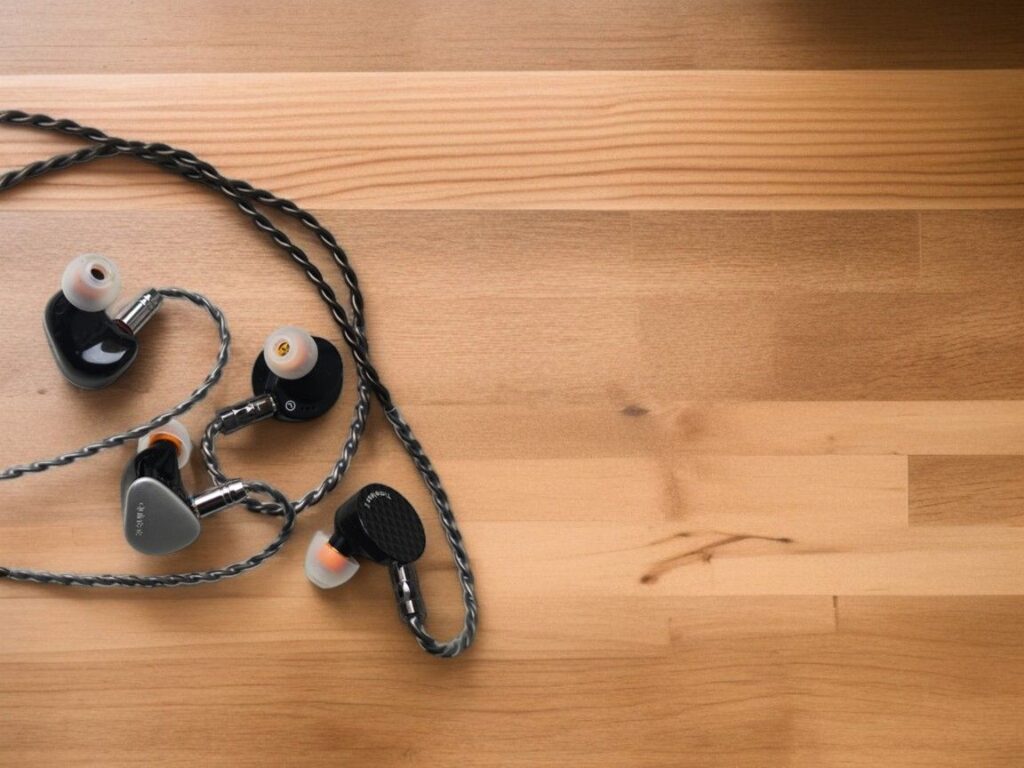
WRAPPING IT UP
Sound Signature
In terms of sound signature, the Timeless II has slightly more bass and a generally warmer tonality, though it is not a dark-sounding earphone. The Quintet, on the other hand, has a crisper and brighter tonality. That said, both are fairly close to neutral, with the Timeless II leaning bassier and warmer, while the Quintet is crisper and lighter.
Treble
The treble is quite similar on both, equally detailed and precise. The Quintet has slightly more energy and articulation, though whether this difference is significant depends on the track.
Midrange
In general, the Timeless II has a warmer midrange with a slightly rounder presentation, while the Quintet is crisper and delivers a greater sense of attack, particularly with strings. That said, I don’t find the Timeless II to be overly warm or dark in any way.
Bass
Although the Quintet has very good bass performance, the Timeless II offers both greater quantity and better quality, with outstanding definition and articulation.
Soundstage and Imaging
Both earphones have a large soundstage and excellent imaging capabilities. Their imaging is quite similar, but the soundstage is often—though not always—larger on the Quintet.
Detail, Dynamics, and Timbre
In terms of detail retrieval and dynamics, they are generally on the same level, but not identical. The Timeless II excels with better bass detail and dynamics, while the Quintet is more articulate in the mids and highs.
The timbre is warmer on the Timeless II and crisper and brighter on the Quintet. Which sounds more natural depends on the track, but on their own, both handle all genres well.
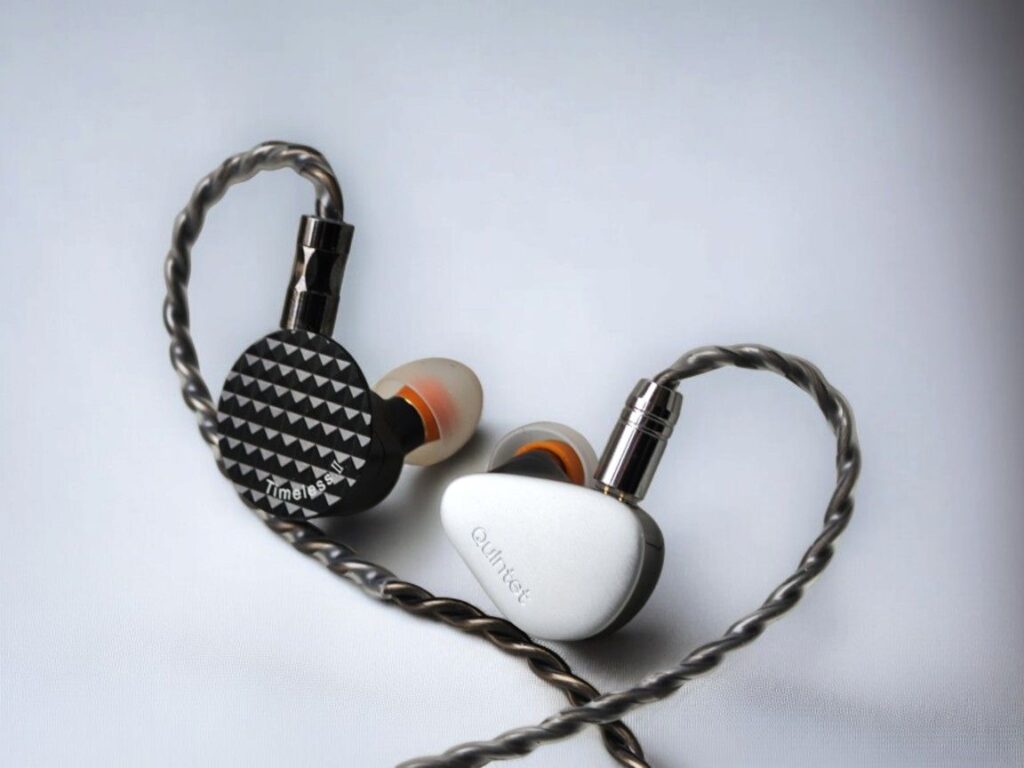
CONCLUSION
In conclusion, both the Timeless II and the Quintet offer impressive, relatively similar performances, each with its own strengths.
The Timeless II stands out for its fuller, more defined bass and a warmer, slightly rounder tonality, while the Quintet, on the other hand, delivers a slightly crisper, brighter sound with more energy and articulation in the mids and highs. Both IEMs provide excellent soundstage, imaging, and dynamic range, handling a wide variety of genres with ease.
Thanks for reading. You can support us by purchasing anything using any of our affiliate links.
- Linsoul: 7hz Timeless II
- Amazon: 7hz Timeless II
- Linsoul: Kiwi Quintet
- Amazon: Kiwi Quinte
Any purchase you make on Amazon or Linsoul with any of our affiliate links will give us a small provision at no cost to you.
We only get a provision for items that are not returned, so there’s no incentive for us to recommend something that’s not good.
Linsoul : Headphones, Earbuds, Wireless Earbuds, Desktop DAC/AMP, Portable DAC/AMP, Digital Audio Players,
Amazon: Headphones, IEMs, Headphone Amplifiers, Home Audio or Anything else.
.
If you enjoyed this article or other content on The Headphoneer, you might consider leaving a small donation to keep this website up and running. No donation is too small. Thanks for supporting us!
If you like our work please follow us on Instagram, Facebook and Twitter , it will help us grow. Sharing is caring 🙂


